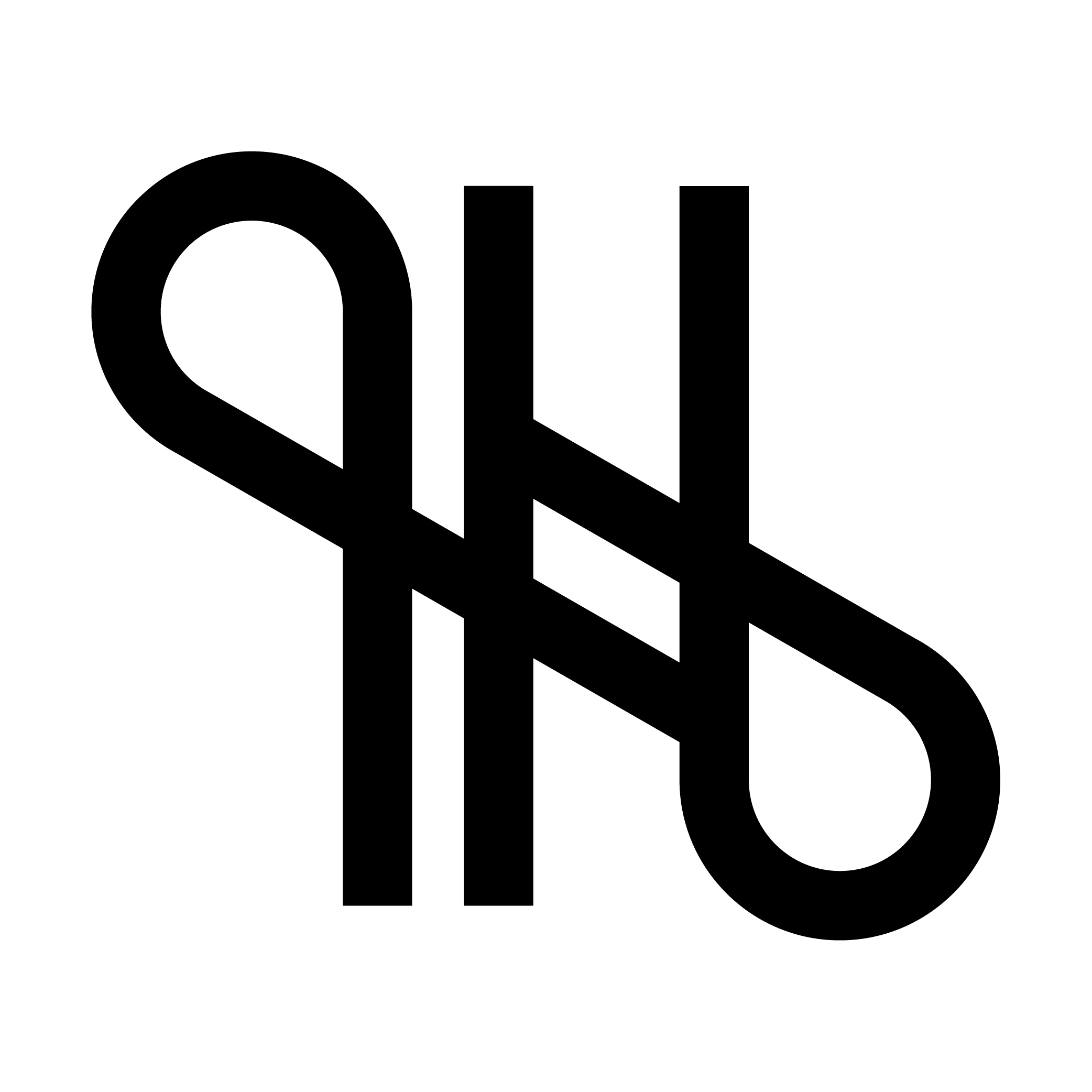Introduction:
Typography is a fundamental aspect of graphic design that can make or break the success of your designs. It’s the art of arranging type in a visually appealing and readable way. Typography plays a vital role in creating a visual hierarchy, guiding the viewer’s eye through the design, and conveying the intended message. As a beginner graphic designer, mastering typography can be challenging. In this comprehensive guide, we will explore the importance of typography in graphic design and provide tips for beginners to improve their typography skills.
The Power of Typography:
Typography is more than just choosing a font and typing out a message. It’s a powerful tool that can evoke emotions, convey messages, and create a brand identity. Here are some ways typography can enhance the impact of your designs:
- Establishing Hierarchy: Typography helps establish a visual hierarchy in your designs. The use of different font sizes, weights, and styles can guide the viewer’s eye and prioritize information. For example, headlines should be larger and bolder than body copy, and subheadings should be smaller than headlines but larger than body copy.
- Conveying Emotions: Typography can convey emotions and set the tone for your design. Serif fonts are often associated with tradition and elegance, while sans-serif fonts are seen as modern and minimalistic. Script fonts can convey a sense of femininity, while bold and italicized fonts can add emphasis and excitement.
- Creating Brand Identity: Typography is an essential element of brand identity. A distinctive font can make a brand memorable and recognizable. For example, Coca-Cola’s unique script font is instantly recognizable and plays a significant role in the brand’s identity.
Tips for Improving Typography Skills: Typography can be overwhelming for beginners, but with practice, anyone can improve their skills. Here are some tips for improving your typography skills:
- Choose Appropriate Fonts: Choosing the right font is crucial in typography. It’s essential to select a font that fits the message and tone of your design. Avoid using too many fonts in one design, as it can look cluttered and confusing.
- Use Contrast: Contrast can add interest and depth to your typography. Experiment with font weights and sizes to create contrast and establish hierarchy.
- Pay Attention to Spacing: Spacing between letters, words, and lines can affect the readability and overall aesthetic of your typography. Pay attention to kerning, leading, and tracking to create a balanced and visually appealing design.
- Consider Alignment: Alignment plays a critical role in typography. Left-aligned text is the most common and easiest to read, but centered or right-aligned text can add interest and emphasis.
Conclusion: Typography is a fundamental aspect of graphic design that should not be overlooked. It’s a powerful tool that can convey emotions, establish hierarchy, and create brand identity. As a beginner graphic designer, mastering typography can be challenging, but with practice and attention to detail, anyone can improve their typography skills. By following these tips, you can create visually appealing and effective designs that capture the viewer’s attention and convey your intended message. Remember, typography is not just about choosing a font; it’s about using it creatively to enhance the power of your design.


Leave a Comment: